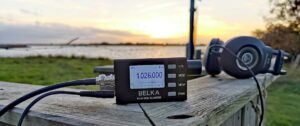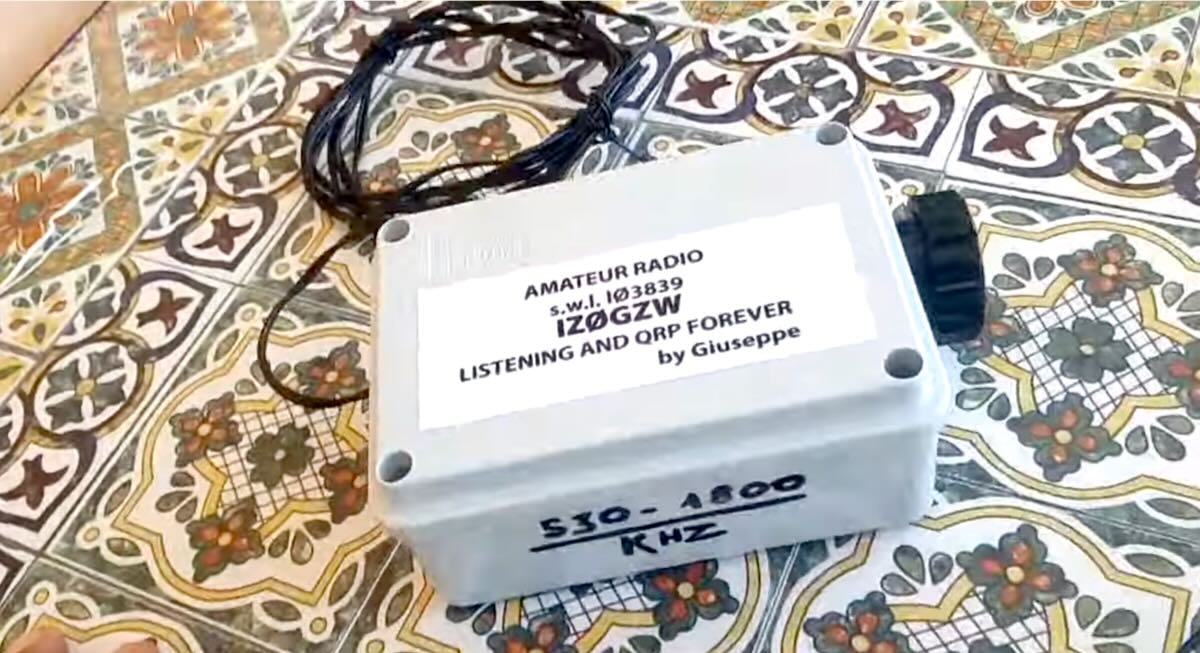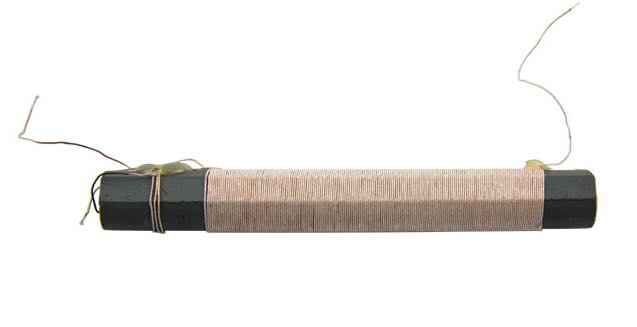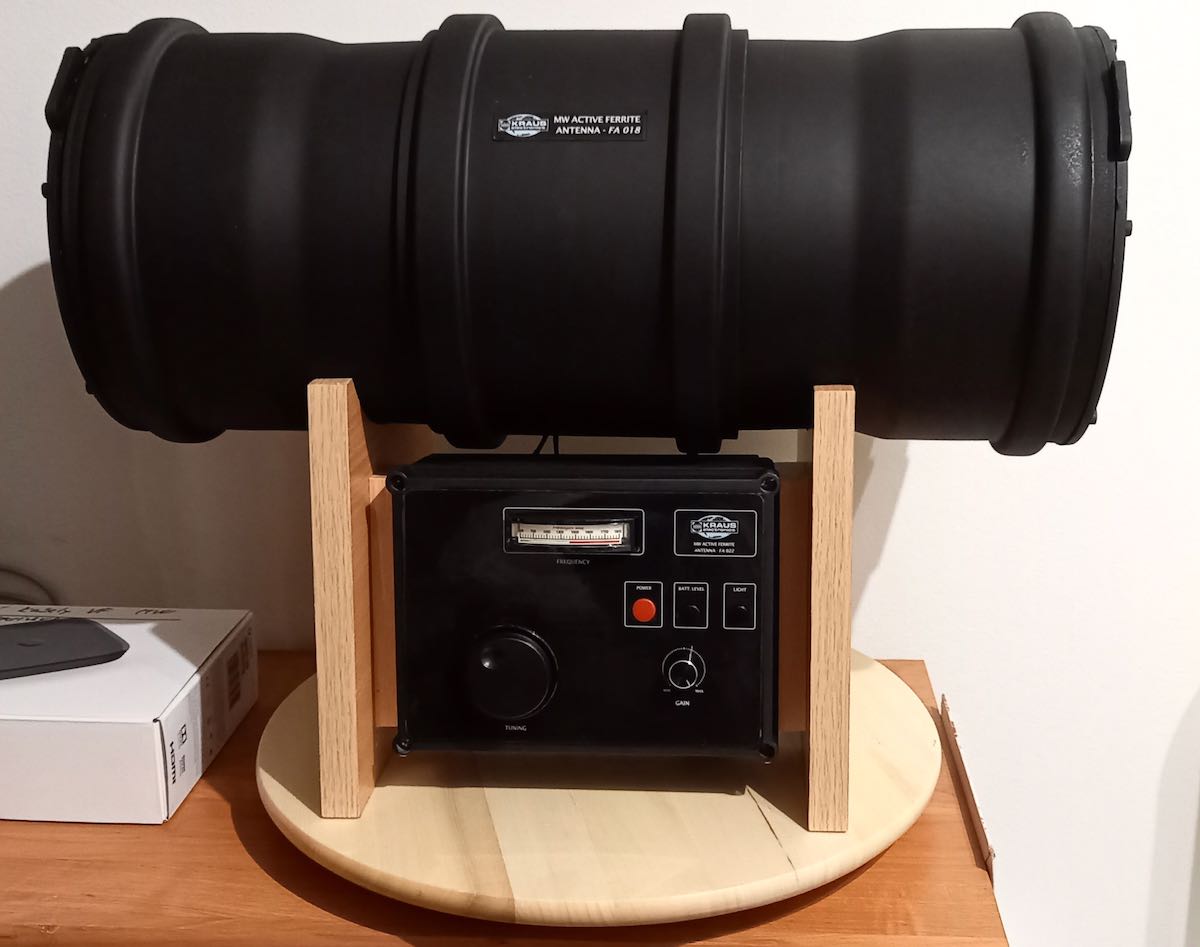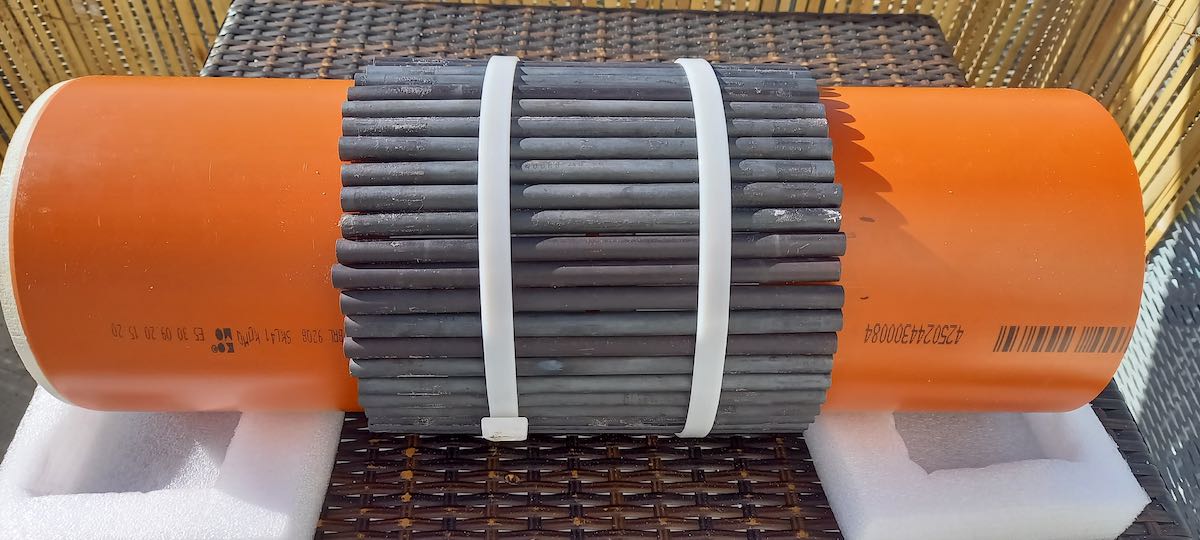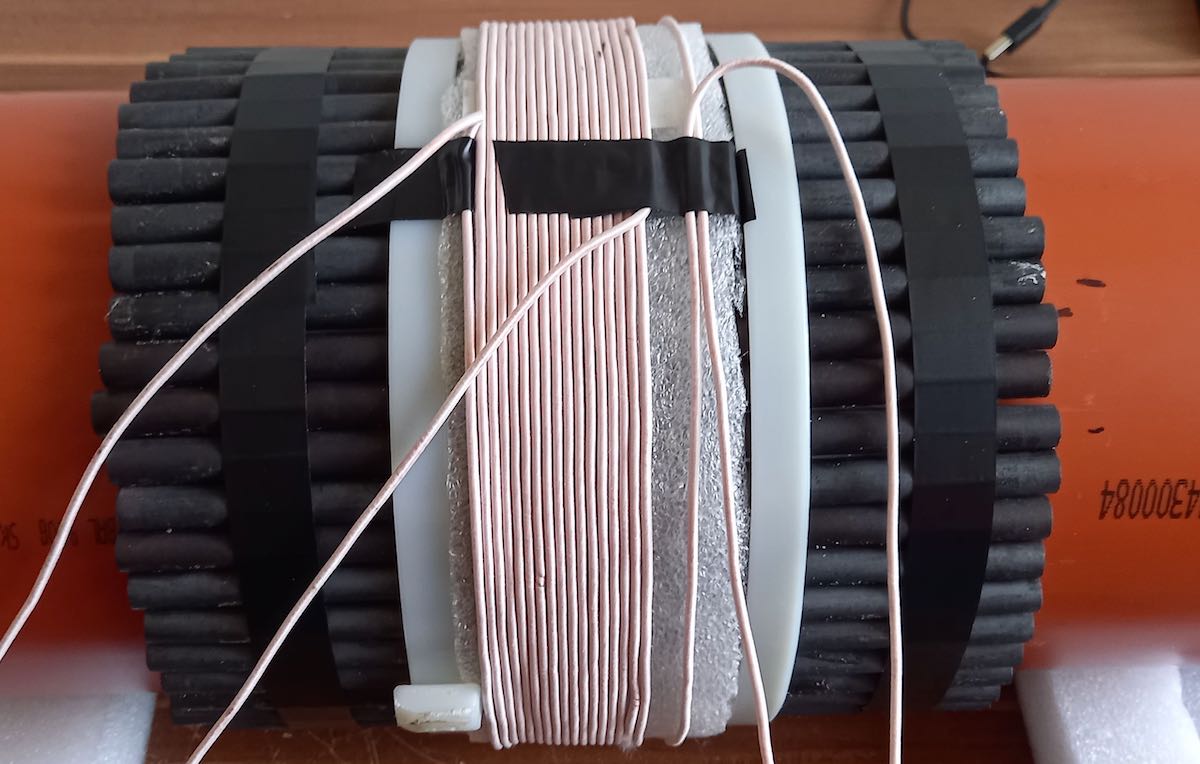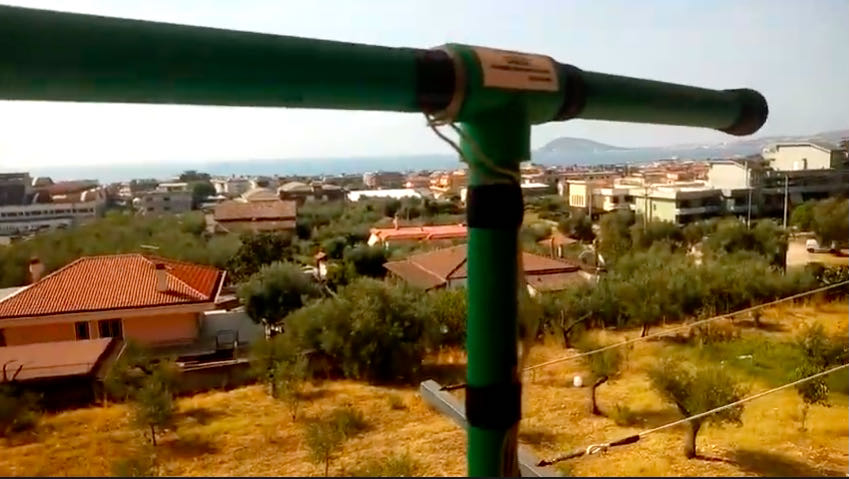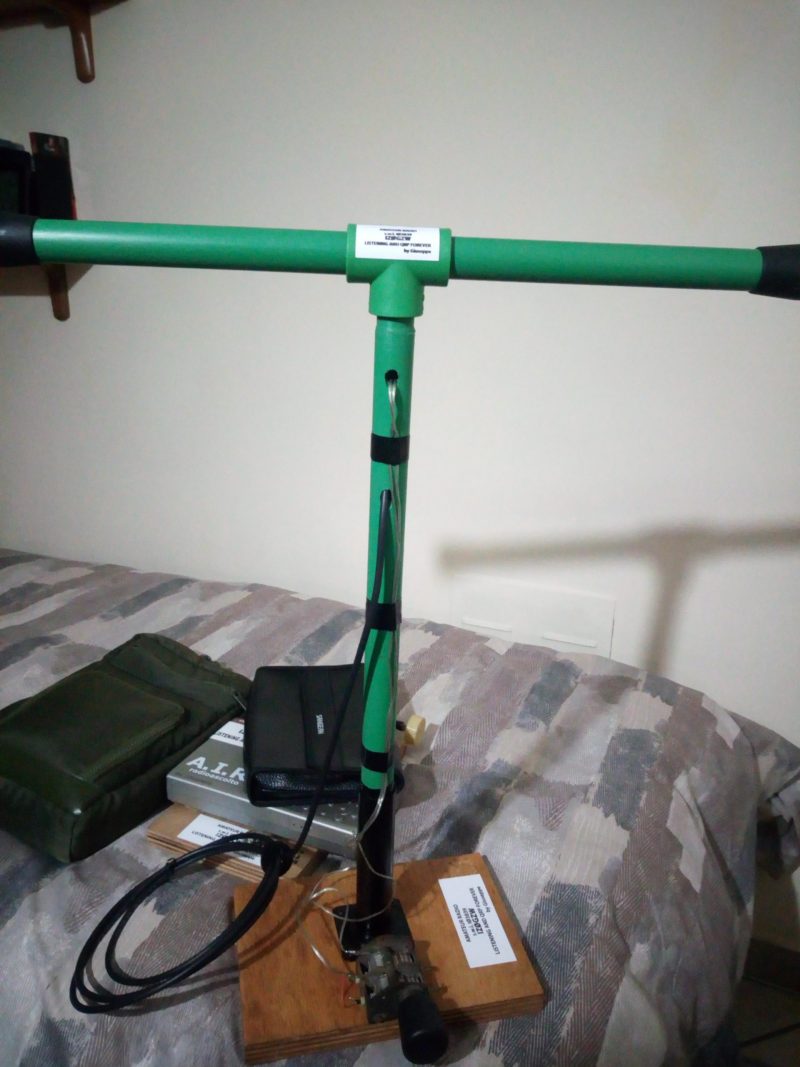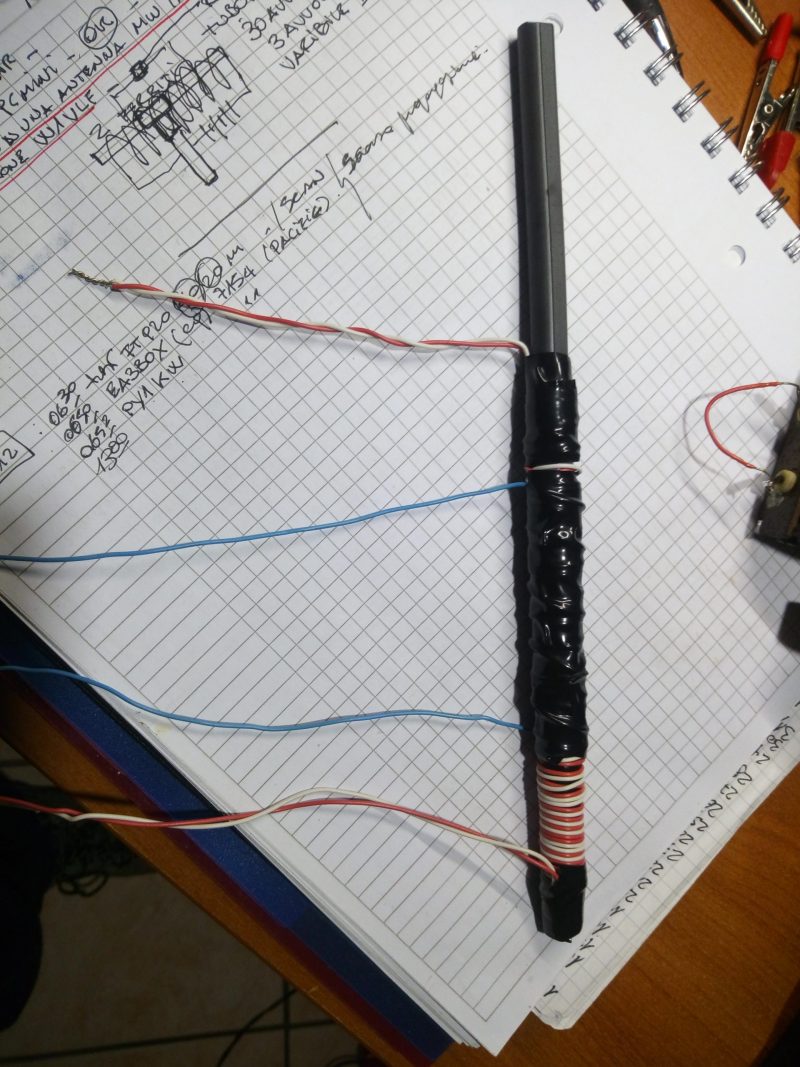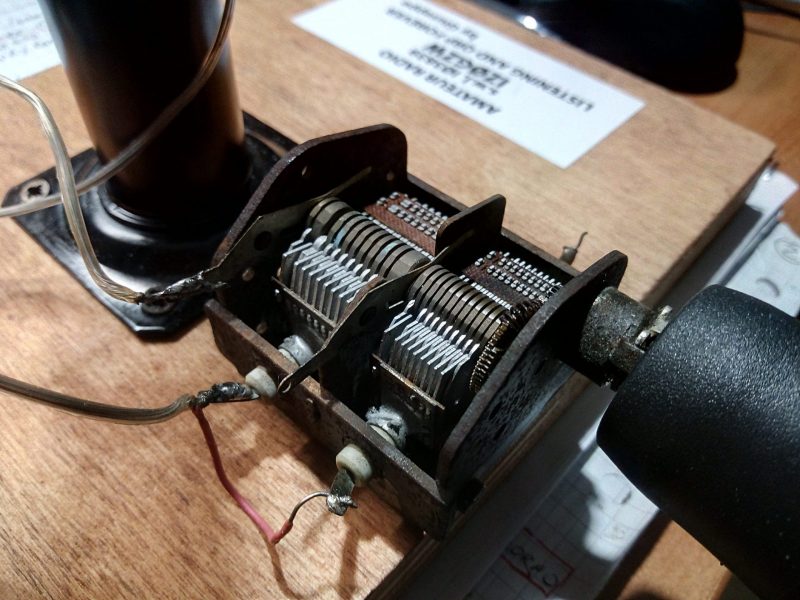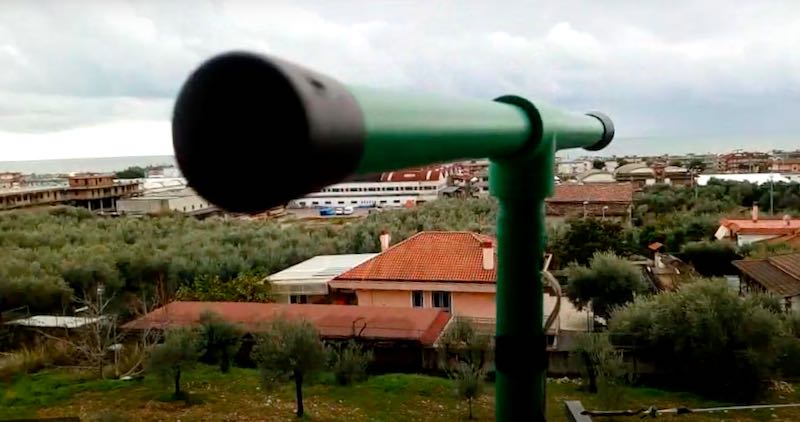High Noon: Belka MW shootout part 2, with a review of the AFA200C active MW ferrite antenna
by 13dka
When I reviewed the updated Belka (gen3, 2022) for its MW/LW performance in October last year, I just wanted to know if it’s any good with just the whip antenna and used the XHDATA D-808 as a reference radio because it’s a Jay Allen 2.5-star average performer on MW and my expectations were not high for MW reception on a short whip. To my surprise that average bar turned out way too low for the Belka!
That was sure asking for a comparison with the most sensitive MW radio I have and gave me hope to use the Belka for ultra-portable MW DXing on the move. The omnidirectional whip doesn’t allow me to null out unwanted co-channel interference though, therefore I wanted to find a reasonably sized loopstick antenna to pair with the Belka. Continue reading

